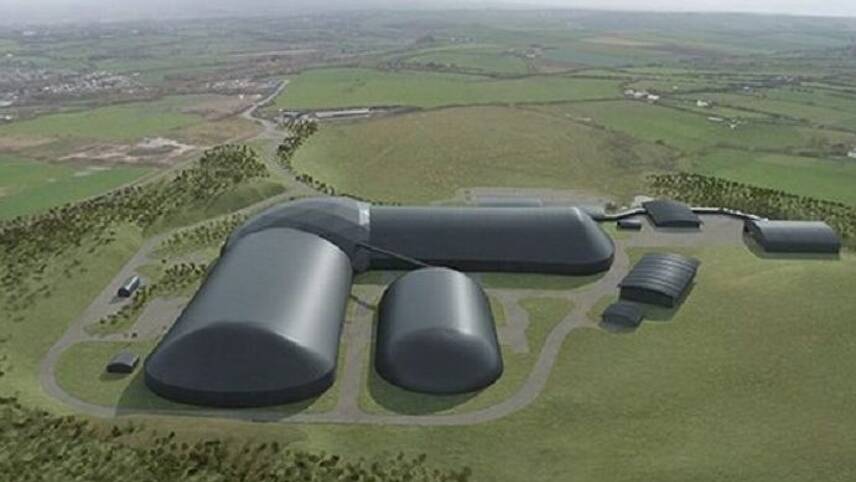Register for free and continue reading
Join our growing army of changemakers and get unlimited access to our premium content

Plans put in place for the brownfield facility aim to reduce the potential impact of noise and dust on the surrounding environment.
The move sees the re-opening of deep coal mining for the first time in the UK since 2015, when the Kellingley colliery in North Yorkshire closed. At one point a century ago, the sector employed more than one million people.
West Cumbria Mining (WCM), the company behind the £165m project, aims to use the 2.5m tonnes of coal extracted from the undersea mine for use in the UK and European steel industry, which currently imports around 45m tonnes per annum from the USA, Canada, Russia and Australia.
The firm also aims to mitigate some of the negative environmental impact of the coal mine by building a 50MW solar farm on nearby land to provide around a third of the project’s energy.
The new colliery was first planned in 2014 with a number of environmental and ecological surveys produced. Plans put in place for the brownfield facility aim to reduce the potential impact of noise and dust on the surrounding environment.
Conditions
The council placed extensive planning conditions on WCM that have to be met at each phase of the development, with site work due to commence by the end of 2019 and coal production starting 24 months after the start of construction.
WSM’s chief executive Mark Kirkbride, said the planning move was an important milestone in the project.
“We now look forward to moving towards the construction of Woodhouse Colliery and harnessing the extensive mining history and knowledge in West Cumbria to operate a state-of-the-art mine, including the highest levels of health and safety and technology to ultimately realise our vision of becoming a leading European producer of high-quality metallurgical coal for steel making.” He said.
The Mayor of Copeland, Mike Starkie, said both himself and the local borough council were “fully supportive” of the mine, which would bring jobs and opportunities to the area, and he didn’t agree with the “sensationalised views” of opposition groups.
“The support from Copeland Council, who have a range of experts with extensive knowledge of the local area and sites which West Cumbria Mining is seeking to develop, clearly suggests that they believe that the mine would not have negative impacts and fits within the development plans of the area.”
“The area has been almost completely reliant on the nuclear industry for decades, but with the current changes which Sellafield are implementing in terms of a significant reduction in jobs and the loss of NuGen’s Moorside project, the need for diversification to other industries is apparent.” He said.
Marchon brownfield site
The council set out extensive planning conditions for WCM to meet in order to develop the project, which had been met with both national and local protests. Greenpeace has objected to the mine, claiming it could not be justified when it was possible to recycle steel using plants supplied with electricity.
Additionally, members of the Green Party, Keep Cumbrian Coal in the Hole, and Extinction Rebellion, have consistently objected to WCM’s plans.
The scheme is problematic as the Government’s own plans include a commitment to phase out coal by 2025. But as recently as January, James Brokenshire, the Minister for Communities and Local Government, has been considering whether to allow a coal mining company, Banks Group, to extract three million tonnes of coal from 250 hectares of land in Northumberland.
His predecessor, Sajid Javid, threw out the plans last year, citing among other environmental reasons the “substantial” adverse effect on greenhouse gas emissions and climate change – but the decision was overturned by the High Court.
James Evison


Please login or Register to leave a comment.